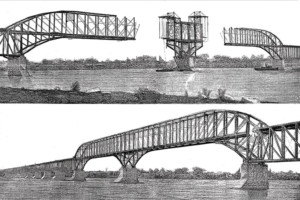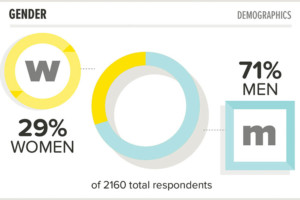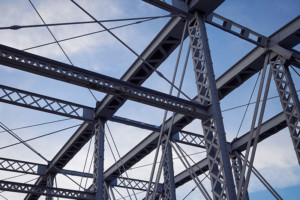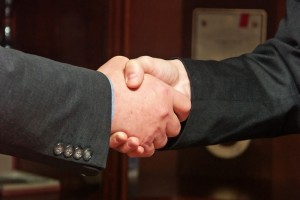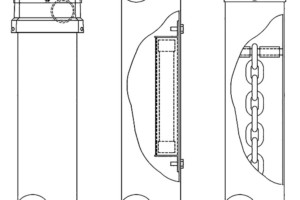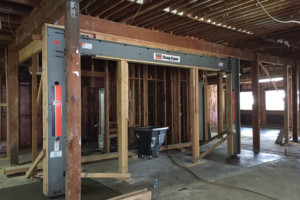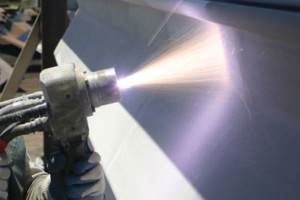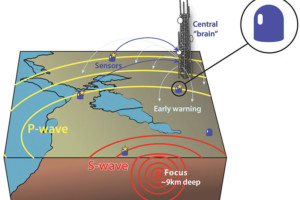Engineers knew for years that making spans continuous over piers could save a significant amount of wood, iron, or steel over that required for a series of simple span bridges. In fact, wooden bridge builders like Timothy Palmer, Theodore Burr, Ithiel Towne, Stephen Harriman Long, and others frequently built their spans continuous over the piers. They had only their intuition and experience to arrive at a design. …
Review Category : Articles
Structural Engineering Engagement and Equity (SE3) Committee Survey Results
The mission of the Structural Engineering Engagement and Equity (SE3) Committee of the Structural Engineers Association of Northern California (SEAONC) is to study and improve engagement and equity in the structural engineering profession. In early 2016, SE3 administered a nationwide survey of practicing and formerly practicing structural engineers. …
Like it or not, design professionals are required to deal with building officials on a regular basis. This is such an important aspect of structural engineering that NCSEA has a committee devoted to it – the Code Officials and Government Agencies Committee. Several member SEA’s also understand the importance of the relationship that structural engineers should have with building officials. A great example is a white paper entitled Guideline – Structural Plan Review Philosophy that was developed by the Structural Engineer’s Association of Washington (SEAW) with the help of the Washington Association of Building Officials (WABO) and is located on the WABO website. …
Steel Industry Issues First EPDs for Steel Joists and Steel Decks
Thinking green is not enough in today’s construction environment. Any person or company can claim to be sensitive to the environment, but are their products and processes sustainable? With increased demand in the design arena for sustainable building practices and materials, architects, engineers, and other “buyers” can have a difficult time assessing the various parts and pieces that go into any construction project. …
Our everyday lives are fraught with elements of risk – driving our children to school or ourselves to work, walking on the sidewalk, or even the public places we frequent. As practicing structural engineers, we deal with risk every day. The nature of our profession is to utilize our understanding of risk and mitigate it based on our experience, knowledge, and mastery of science and engineering principles. We design structures and structural systems that provide for the public welfare (safety) as well as achieving the functional and financial goals of our clients. …
The newly (2016) established SEI Mentoring Committee aims to develop a formal mentoring program for SEI members and ultimately utilize the lessons learned to formulate a program which can be used to advance the profession. The genesis of this movement was the result of the recently conducted Firm Leader Survey, and also the desire to achieve the goals indicated within the SEI Vision for the Future. …
Wind-induced vibration is an ever-present issue in lighting support design. It can cause seemingly magical movement of lighting poles, even when no storm or extreme wind event is present. Engineers recognize this “pole dance” as resonance. When there is too much of it at high amplitudes of deformation, the structure has a high likelihood of failing. …
Soft-Story Retrofit Solutions
Recent natural events have provided material evidence of the social and economic impact to large metropolitan areas when a city is not prepared or lacks a robust recovery plan. More than 230,000 people migrated from New Orleans within the first nine months after Hurricane Katrina. The census data showed only 100,000 returned within the following eight years. …
A metallized coating (a metallic alloy applied to a base metal or concrete) is intended, in most applications, to be a form of protection to an underlying metal substrate. The act of applying the coating is referred to as metallizing. Metallizing can be achieved in several ways such as hot-dipped galvanizing or thermal arc spraying, applied in situ or in a shop. Zinc, which was first used in construction in 79 AD, is the most used metal for this process. Half of the zinc produced today is used for corrosion protection of steel. …
How Earthquake Early Warning Systems Can Aid Recovery Efforts
Buildings and residents near the Salton Sea began shimmying and shaking during the swarm of earthquakes that burst from Bombay Beach in late September 2016. Soon, the California Earthquake Prediction Evaluation Council (CEPEC) released a statement. It read: “CEPEC believes that stresses associated with this earthquake swarm may increase the probability of a major earthquake on the San Andreas Fault to values between 0.03 percent and 1.0 percent for an M7.0 or larger earthquake occurring over the next week (to 09:00 hrs PDT, Tuesday, October 4, 2016).” …

